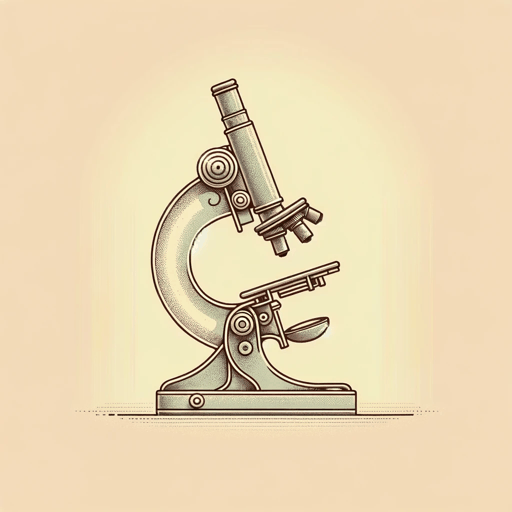39 pages • 1 hour read
William H. McneillPlagues and Peoples
Nonfiction | Book | Adult | Published in 1976A modern alternative to SparkNotes and CliffsNotes, SuperSummary offers high-quality Study Guides with detailed chapter summaries and analysis of major themes, characters, and more.
Preface-Chapter 2Chapter Summaries & Analyses
Preface Summary
In the 1997 Preface to his book, William H. McNeill states when the book was first published in 1976, “many doctors believed that infectious diseases had lost their power to affect human lives seriously” (9). This Preface is therefore intended as a correction, incorporating the AIDS crisis into his overall historical analysis of plague. While he emphasizes the endemic qualities of AIDS as being isolated and transmitted through behaviors associated with homosexuality and intravenous drug usage, he notes its epidemic aspects in places like Africa. More importantly, he notes, “the way infectious diseases have become to come back shows that we remain caught in the web of life” (16).
Introduction Summary
In the original 1976 Introduction to his book, McNeill outlines the scope and limitations of his study. He defines parasites in terms of those that can be seen and those that cannot—“macroparasites” and “microparasites.”
Chapter 1 Summary: “Man the Hunter”
McNeill begins his first chapter deep within human pre-history:
Before fully human populations evolved, we must suppose that like other animals our ancestors fitted into an elaborate, self-regulating ecological balance. The most conspicuous aspect of this balance was the food chain, whereby our forebears preyed upon some form of life and were, in their turn, preyed upon by others (35).

